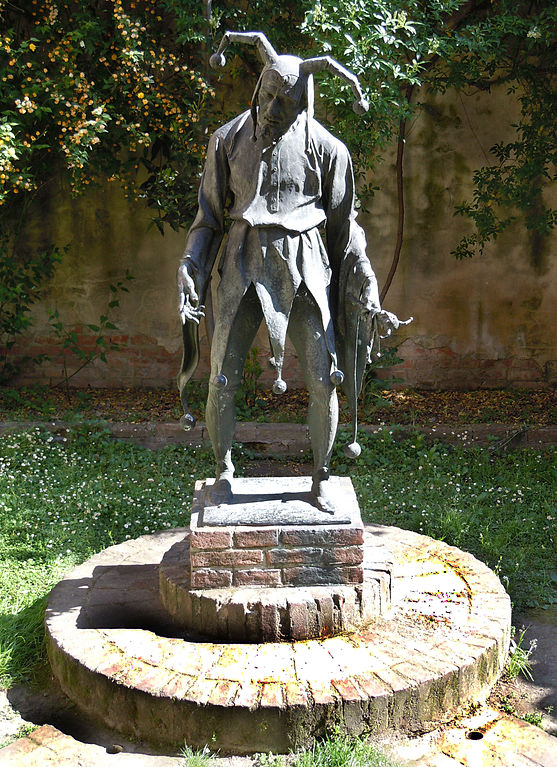The Curse of Rigoletto

The Long Goodbye
Rigoletto, by Giuseppe Verdi: Opera National de Paris (April / May 2016) (filmed by François Roussillon)
This production, in terms of staging, is something pretty rare indeed: an unqualified disaster. Pardon the bigotry, but only a a progressive German director like Claus Guth (witnessed at the outset, describing the work as “very curious”) could manage this melange of bubble-gum psychology and single entendre. Here are the most depressing sets that ever existed: a gigantic grey egg carton and some moving stairs to accentuate mental trajectories, or serve for a couple of dance numbers. And the doppelgängers! Rigoletto (a somewhat stupefied but musically very good Quinn Kelsey) is shadowed throughout by an older, wiser, sadder, version of himself (made-up to appear as a cross between Pozzo from Godot and “The Joker”), and we have the three ages of Gilda waltzing about on stage and in some largely worthless background film, at one stage in a mini-ballet, this being Paris.
The costumes veer twixt sixteenth century and steam punk. The chorus enters and exits like the villainous raccoons in Happy Tree Friends. It’s an ocean-going catastrophe, a complete debacle which serves to undermine the extremely melodramatic goings-on in this landmark of feminist opera. Gilda, in her cage, is made to play Pippi-Longstocking one moment and Helen of Troy the next, and only an artist with the superb voice of Olga Peretyatko can rise above the shambolic scenarios she’s forced through. Michael Fabiano, in the key role of the Duca di Mantova, is given a wig to wear that would embarrass Lane Haircut (er, sorry, Lane Calcutt). The Duke gets a doppelgänger too, apparently representing (incomprehensibly and pointlessly) Gilda’s idealisation of her ‘poor student’ boyfriend. By the time he got to the big hit, that misogynist classic La donna è mobile, and did some business with dancing girls straight out of the Moulin Rouge, we’d switched off. And he was regularly swamped by the orchestra, under Nicola Luisotti.
Rigoletto is not bullet-proof. But it is very fine, containing much of Verdi’s best, and the nasty story, adapted from Victor Hugo with some judicious trimming and adaptations to get around the censors, has been wowing opera-goers since it triumphed in Venice in 1851. It also has a character with the best cast-name ever: Sparafucile! (You have to say it as an exclamation). Rigoletto is ripe, sexy, bloodthirsty in the Italian style, and if properly staged with good voices and baton, according to Verdi’s meticulous instructions, it can’t miss. Yet here, it does. “Ah, la Maledizione!”
Leave a comment...
While your email address is required to post a comment, it will NOT be published.



0 Comments